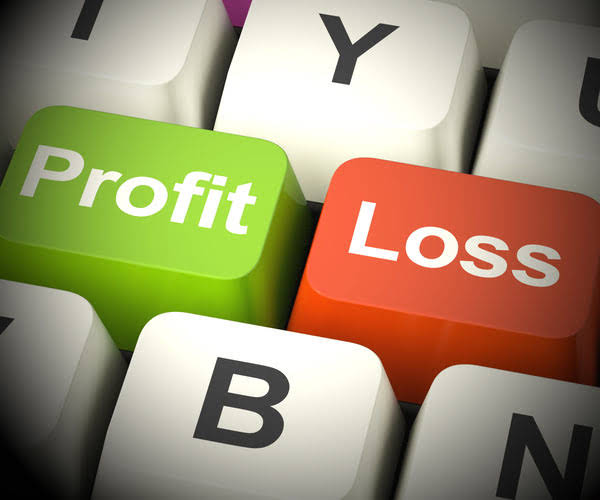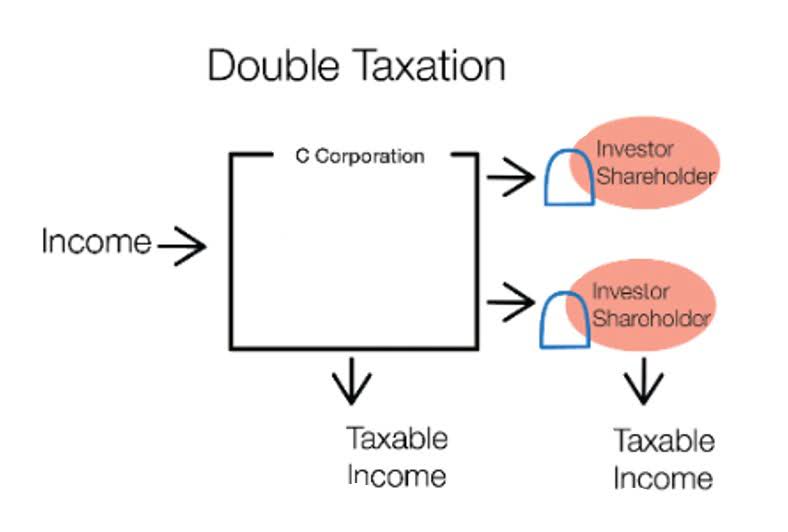How to Calculate the Common Stock Outstanding From a Balance Sheet

Outstanding shares are the shares in the hands of the public, executives and employees. They are the number of shares actually owned by the company’s shareholders. For information pertaining to the registration status of 11 Financial, please contact the state securities regulators for those states in which 11 Financial maintains a registration filing. Specifically, the number of actual shares outstanding must be altered to what it would have been if the split or dividend had occurred at the year’s start.

Common Stock Vs Preferred Stock
These instruments include stock options, stock warrants, and convertible debt. Outstanding shares refer to the authorized shares that have been issued to a common shares outstanding formula company’s shareholders, excluding the treasury stock retained by the company itself. The number of shares outstanding in a company will often change due to a company issuing new shares, repurchasing shares, and retiring existing shares.
- Although this decreases liquidity due to fewer shares, it can deter short sellers by making it harder to borrow shares for short selling.
- More specifically, treasury shares are the portion of shares that a company keeps in its treasury.
- And so in theory (and often in practice), highly-shorted stocks with a low float present ripe conditions for a so-called “short squeeze”.
- To calculate the weighted average of outstanding shares, multiply the number of outstanding shares per period by the proportion of the total time covered by each period.
- However, issued shares include those that were initially allocated to investors and those in reserve.
- The number of company shares can vary during the year for various reasons.
Why You Can Trust Finance Strategists
- Conversely, a reverse stock split reduces the number of outstanding shares.
- A company could issue new shares, buy back shares, retire existing shares, or even convert employee options into shares.
- This can often be found in a company’s financial statements, but is not always readily available — rather, you may see terms like “issued shares” and “treasury shares” instead.
- The information includes the number of authorized shares and the maximum amount of shares the company can issue.
- The weighting of each group by the fraction of the year it was outstanding is shown below.
- The profit and loss statements in nearly every corporate earnings press release will include both basic and diluted shares outstanding.
Basic weighted average shares, on the other hand, represents the above-mentioned weighted average shares outstanding less the dilution of stock options for a specific period. For basic weighted average shares, “basic” essentially means non-dilutive. Earnings per share is a measure of a https://www.facebook.com/BooksTimeInc/ company’s valuation, calculated by dividing its profit by the number of shares outstanding. A company’s market capitalization is the current market value of all of its outstanding shares.
How Do I Know When a Stock’s Number of Shares Outstanding Changes?

The number of treasury shares for the company, which is the number of shares bought back by the company that is no longer part of outstanding shares and do not receive any dividend, is 1,059,088. Moreover, the number of shares outstanding is extremely useful when monitoring how a company conducts its business, as things like stock splits also affect share numbers. Several factors can cause a company’s number of outstanding shares to rise or fall, with one of the most common being stock splits. Knowing a company’s number of shares outstanding is key when calculating critical financial metrics and determining share value as a portion of ownership. Authorized stock is the total number of stock or shares that a company is legally allowed to issue.

How to Calculate the Weighted Average of Outstanding Shares
In this way, the number of both issued and outstanding shares is reduced. Weighted average shares outstanding is the process of weighting every number of common stock to reflect how much time they were in effect. Investors may choose to use weighted averages if they have compiled a position in a particular stock over a period. Given continuously changing stock prices, the investor will calculate a weighted average of the https://www.bookstime.com/ share price paid for the shares.
- And these shares do not receive dividends nor do they get voting rights.
- Dilution occurs when a company issues additional shares, reducing current investors’ proportional ownership in the company.
- Consequently, the generally accepted accounting principles (GAAP) require the use of an average number of shares outstanding as the starting point for all denominators.
- Should they do so, however, they would also contribute $50 million in cash to the corporate treasury.
- In SEC filings, companies will report the total number of shares outstanding on a given day, but in their quarterly and annual figures they must also offer the weighted average shares outstanding.
- For basic weighted average shares, “basic” essentially means non-dilutive.
